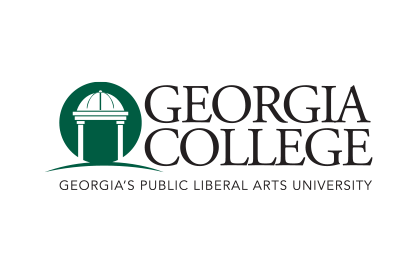Project Title
Connecting Pieter Bruegel: Using Technology to Understand the Northern Renaissance
Faculty Mentor(s) Name(s)
Elissa Auerbach
Abstract
Using digital tools for humanities research can help highlight aspects of data that would normally be overlooked. In a collaborative digital project I completed in the Fall 2022 Northern Renaissance Art course, using the free web-based tool called Kumu for creating visualized social networks, I identified connections between artists and their patrons in fifteenth century Northern Europe. The goal of the project was to create a better understanding of the work artists produced. The web of connections is composed of over two hundred people with options of ways to reorganize them by their identifiers, such as their geographic location and profession. Each student in the course conducted research on an artist and then compiled information about them into a Google spreadsheet, which they uploaded to the Kumu site to produce the visualization. My primary focus in the project was on the patronage and collaboration of Pieter Bruegel the Elder. The research I did allowed for a better contextualization of his art. Being an artist in the wake of the Protestant Reformation, the rising middle class, and the widespread use of the printing press, I found that the themes of Bruegel’s commissioned paintings and commercial prints are best understood when placed in the context of his contemporaries and his predecessors. The digital map allows for all of that information on Bruegel, and for several other artists as well, to exist in an easily organisable and accessible resource.
Connecting Pieter Bruegel: Using Technology to Understand the Northern Renaissance
Using digital tools for humanities research can help highlight aspects of data that would normally be overlooked. In a collaborative digital project I completed in the Fall 2022 Northern Renaissance Art course, using the free web-based tool called Kumu for creating visualized social networks, I identified connections between artists and their patrons in fifteenth century Northern Europe. The goal of the project was to create a better understanding of the work artists produced. The web of connections is composed of over two hundred people with options of ways to reorganize them by their identifiers, such as their geographic location and profession. Each student in the course conducted research on an artist and then compiled information about them into a Google spreadsheet, which they uploaded to the Kumu site to produce the visualization. My primary focus in the project was on the patronage and collaboration of Pieter Bruegel the Elder. The research I did allowed for a better contextualization of his art. Being an artist in the wake of the Protestant Reformation, the rising middle class, and the widespread use of the printing press, I found that the themes of Bruegel’s commissioned paintings and commercial prints are best understood when placed in the context of his contemporaries and his predecessors. The digital map allows for all of that information on Bruegel, and for several other artists as well, to exist in an easily organisable and accessible resource.

